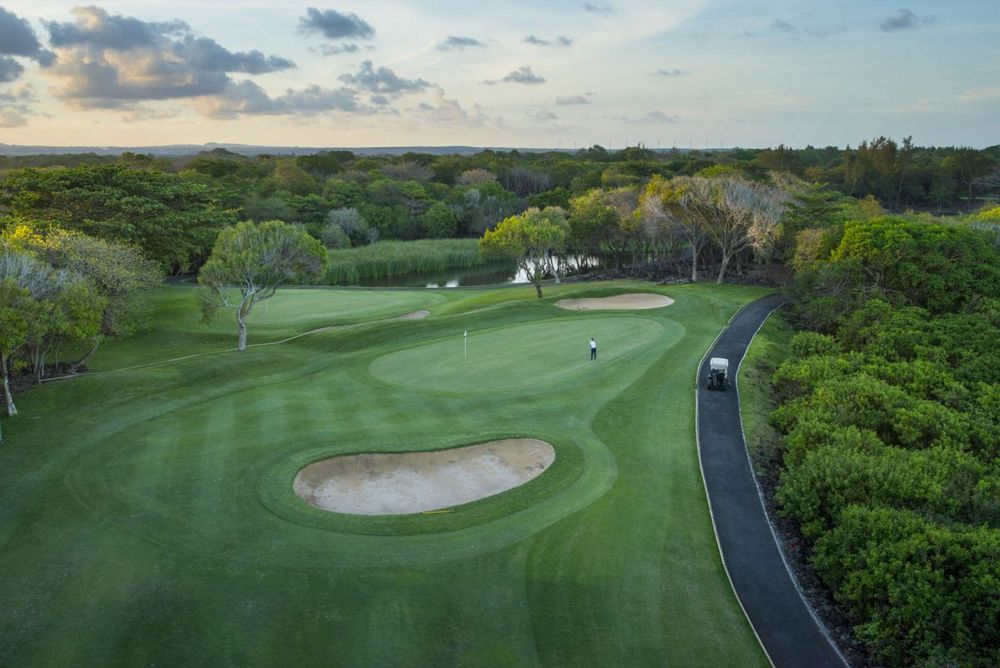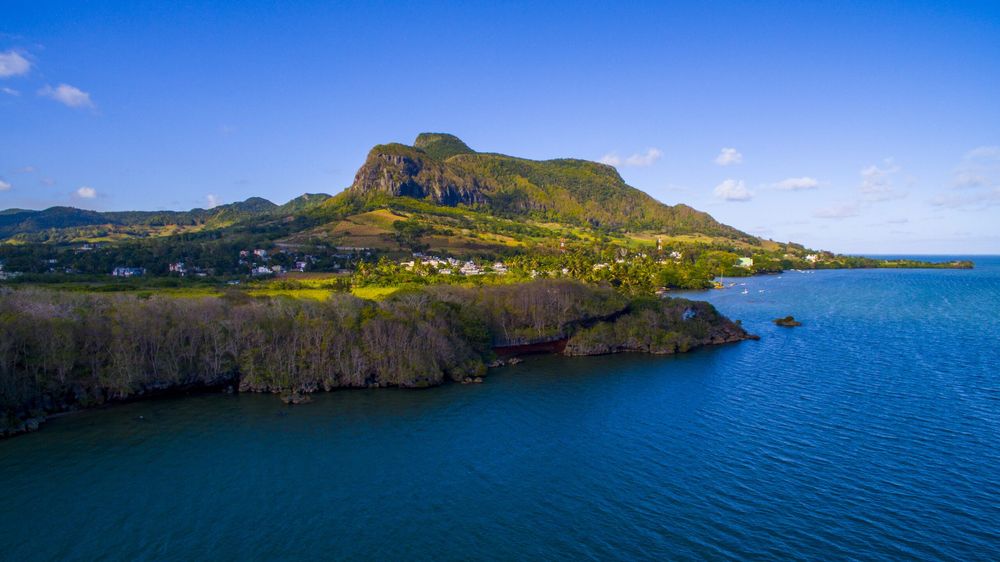Table of Contents
Mauritius: A Journey Through History
Mauritius, a small island nation in the Indian Ocean, boasts a rich and complex history that has shaped its vibrant multicultural society. From its early settlement to the successive waves of colonisation, the island has witnessed the arrival of diverse groups of people. These migrations—spanning centuries—have played a pivotal role in the formation of Mauritius’ unique cultural fabric. Today, the descendants of these various communities live side by side, creating a dynamic society marked by an array of traditions, languages, and customs. The history of Mauritius, steeped in colonisation and migration, offers a fascinating glimpse into the evolution of one of the world’s most culturally diverse nations.
Portuguese and Dutch Period
Mauritius’ strategic location on the sea route between Europe and India made it a key stopover for navigators. The Portuguese were the first Europeans to arrive, occupying the island briefly between 1507 and 1513. However, it was the Dutch who first settled the island from 1598 to 1710, naming it after Prince Maurice of Nassau. Their settlement was mainly in Mahebourg, in the southeast. The Dutch introduced sugarcane and manioc from Java, harvested Ebony trees, and hunted the now-extinct dodo bird. Unfortunately, they abandoned the island in 1710 due to natural disasters like cyclones and pests that devastated their crops.
The Dutch legacy can still be felt today, with sites like the Frederik Hendrik Museum and the old Dutch routes in Grand Port.
French Colonisation and Island Development
In 1715, the French claimed the island and renamed it Isle de France. Under the leadership of Guillaume Dufresne d’Arsel, they established a colony. However, it was the arrival of Mahé de Labourdonnais in 1735 that transformed Mauritius. He developed infrastructure, built Port Louis as a naval base, and introduced cash crops such as nutmeg, spices, tobacco, and sugarcane. The French also introduced African and Indian slaves, turning Mauritius into a key trading hub in the Indian Ocean.
Notable structures from this era include the Government House, Line Barracks, and Château Mon Plaisir in Pamplemousses.
British Colonisation
The Battle of Grand-Port in 1810 marked a brief French victory, but the British eventually took control later that year. The Treaty of Paris (1814) officially ceded Mauritius to the British, but they allowed the French and their slaves to remain. The British restored the island’s original name, Mauritius, and continued its development. The official language became English, but French and Creole remained widely spoken.
Abolition of Slavery and Arrival of Indentured Laborers
Slavery was abolished in 1835, leading to the influx of indentured laborers from India, who arrived at Aapravasi Ghat, now a UNESCO World Heritage site. These laborers became the backbone of the island’s economy, working in the sugarcane fields and keeping their ancestral culture and traditions alive. Over time, other communities, including Chinese merchants, settled in Mauritius, creating a multicultural society.
Mauritius Independence
By the mid-20th century, political movements led by leaders like Sir Seewoosagur Ramgoolam pushed for independence. The Legislative Assembly Elections of 1967 saw a coalition of parties advocating for independence winning, and on 12 March 1968, Mauritius became a sovereign state within the Commonwealth. In 1992, the country became a Republic.
Modern Mauritius
Post-independence, Mauritius developed into a stable, diverse economy. The sugarcane industry, followed by textiles, tourism, and financial services, helped the country flourish. Education has been a key driver of progress, with free schooling up to the secondary level since 1976 and free transport for students since 2005. The country’s official language is English, though French, Creole, and Asian languages like Bhojpuri and Mandarin are widely spoken.
Mauritian Society
Mauritius is a multicultural society, where people of different ethnicities, including Hindus, Muslims, Christians, and Chinese, live in harmony. Each group preserves its unique cultural traditions, and major festivals like Divali, Eid-Ul-Fitr, Christmas, and Chinese New Year are celebrated by the entire nation. The Le Morne and Aapravasi Ghat are UNESCO sites that commemorate the island’s history of slavery and indentured labor.
A Rich Cultural Mosaic
Mauritius is a true blend of Indian, African, Chinese, and European cultures. From its architecture to its cuisine, the island reflects this diversity. Visitors can experience the island’s history through landmarks like Le Morne Mountain and Aventure du Sucre. Whether you’re savoring Indian curries, Chinese noodles, or European-inspired dishes, Mauritius offers a culinary adventure that reflects its cultural richness.
Mauritius continues to enchant visitors with its blend of natural beauty, rich history, and vibrant multiculturalism.






